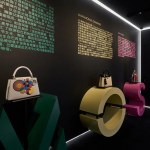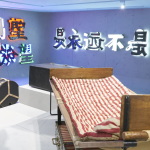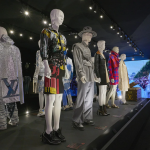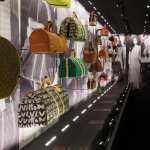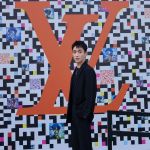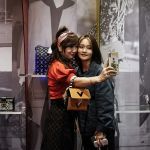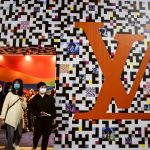
Why did Louis Vuitton organize an exhibition in Wuhan?
«It is time to highlight other strategic cities in China beyond Beijing and Shanghai»
November 4th, 2020
Re-starting from Wuhan: this was Louis Vuitton's goal in presenting its new exhibition See LV in the popular Wuhan International Plaza shopping centre and presenting actor Zhu Yilong as the brand's new ambassador. The event was a success, with a huge turnout of people, who lined up in line in the rain to visit the exhibition, which will last a month, will be completely free and will explore 160 years of Vuitton production from the luxury suitcases created by the founder up to the works of Marc Jacobs, Kim Jones, Nicolas Ghesquière and Virgil Abloh.
The importance of the event is due to the fact that, for the first time, a high-profile luxury exhibition is held in Wuhan, a city defined as new first-tier by local media, that is, one of the city centres on the rise on the national horizon in addition to the metropolises like Beijing and Shanghai. As Emmanuelle Boutet, Vice President of Communications for Louis Vuitton China, said on the occasion: «It is time to highlight other strategic cities in China beyond Beijing and Shanghai». And Wuhan is just that: after coming under the world spotlight as the epicentre of the pandemic, the 11 million-inhabitant metropolis was the most visited in the country during the recent national holidays that were held in October.
Cities like Wuhan, Chengdu, Chongqing, and Hangzhou may seem secondary in the giant Chinese context, but they are vibrant shopping malls that attract millions of people every day. Louis Vuitton is perhaps the most entrenched Western luxury brand in China and this exhibition is just the first step in an expansion strategy that is proving to be very successful. Emmanuelle Boutet also explained:
«We have staged all of our events mainly in Beijing and Shanghai in the last 15 years. […] The second phase of our China development is about regionalization and reaching out to different regional cultures».

















































